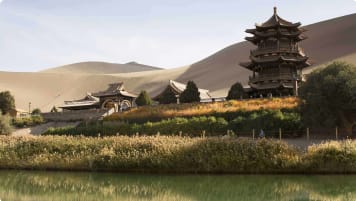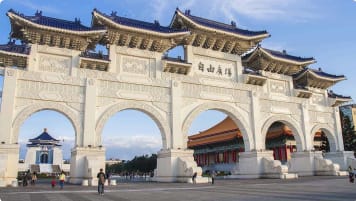Questions About Taiwan: Definitive Guide For Travellers
Escorted small group tours for mature and senior travellers to Taiwan. Designed for couples and solo travellers who like to explore and enjoy learning as they travel.
14 Sep 19 · 2 mins read
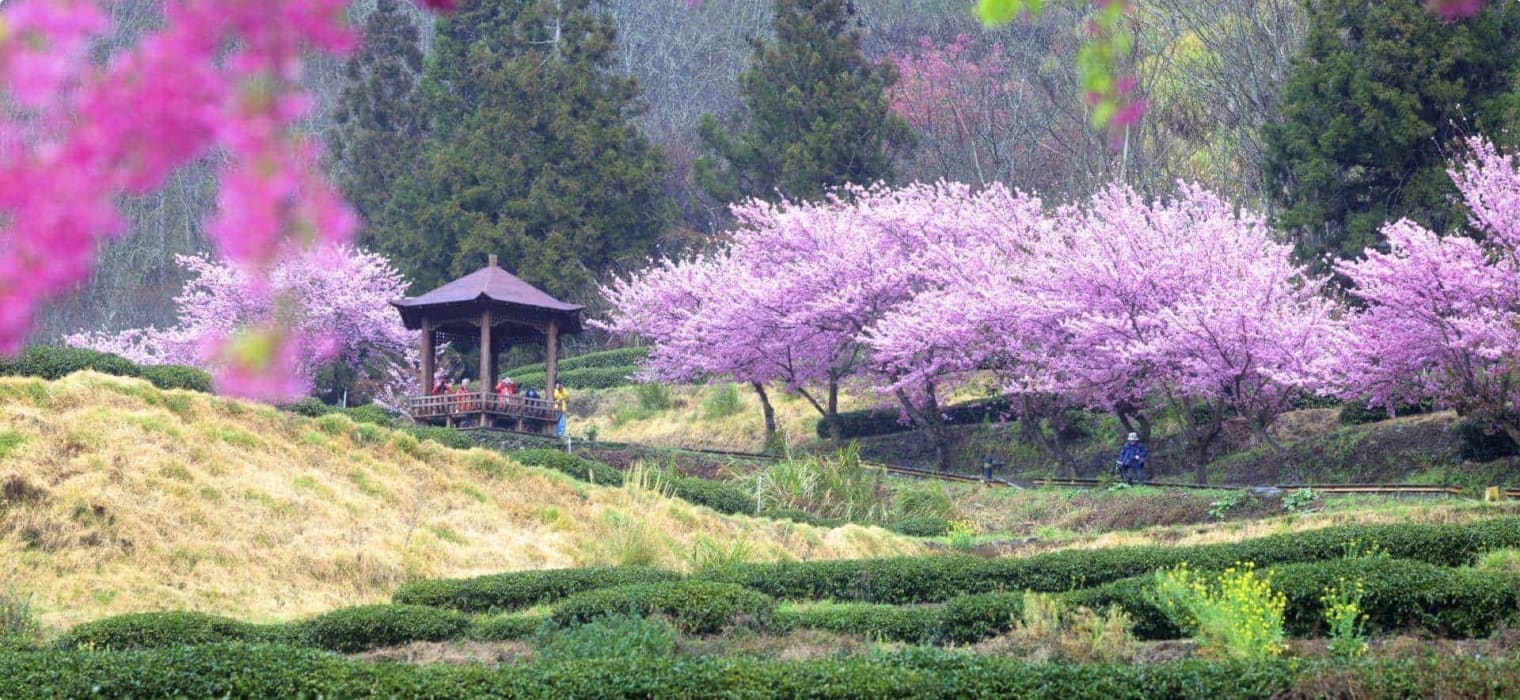
Questions About Taiwan for senior travellers.
Odyssey Traveller specialises in crafting unforgettable experiences for senior and mature-aged travellers interested in learning when travelling as a couple or solo traveller. Providing adventure and educational programs to escorted small group tours since 1983. Odyssey has built up a reasonable knowledge bank to answer questions about Taiwan that travellers are likely to ask, as they make their plans to tour independently, or with us as part of a small group tour. We hope that this list of frequently asked questions and the answers we provide will help you with planning your next holiday.
Read on, but please do not hesitate to contact us via the website, or through email or chat if you have more questions about Taiwan or our other tours.
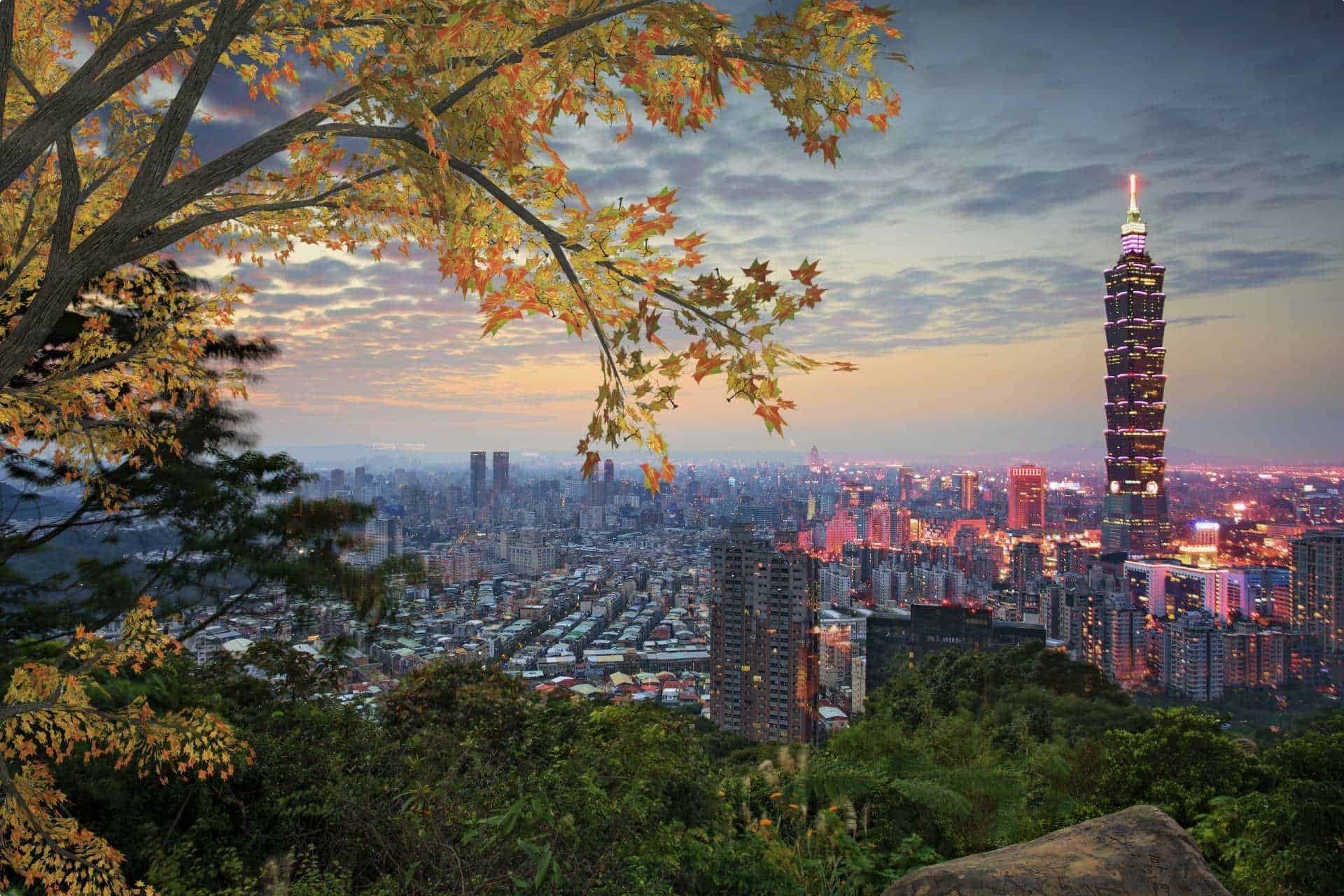
FAQs
Where is Taiwan located?
Taiwan, officially the Republic of China (not to be confused with the People’s Republic of China, the official name of the Chinese mainland), is an island in the western Pacific Ocean. It has jurisdiction on two island groups off the coast of China, and claims jurisdiction on other islands that are still contested by neighbouring Japan and other countries in Southeast Asia.
Taiwan is separated in the north from the southernmost part of Japan by the East China Sea, and from the Philippines in the south by the Bashi Channel. The Taiwan Strait separates it from the Chinese mainland in the west, and to the east is the vast Pacific Ocean.
What does "Taiwan" mean?
The modern name of the country derives from the term Tayuan by the indigenous Siraya people. In Sirayan, tau means “people” and an means “place”. The Dutch East India Company established a base in southwestern Taiwan in the 17th century and used the term in their records to refer only to the region where their base was located, in what is now the Anping District.
At this time, the whole island was known as “Formosa”, which originated from the Portuguese in the 16th century. Portuguese sailors journeying past it were said to have been struck by the island’s beauty, and recorded its name as Ilha Formosa, “beautiful island”. Formosa would be used in Europe to refer to the island until well into the 20th century.
How was Taiwan formed?
Taiwan has had human settlements dating back to the Paleolithic age, and there is evidence of Neolithic agrarian settlements founded circa 4,000 BC. In addition to being agriculturalists, these Neolithic settlers would also have to be seafarers, as Taiwan was not connected by a land bridge to mainland Asia. Competing theories say these first settlers sailed from either the south (Indonesia) or the north (southeastern mainland China).
Taiwan had been mentioned by Chinese chroniclers as early as the 3rd century BC, and there were Chinese settlements formed before the 12th century. The Chinese, however, had infrequent contact with Taiwan’s aboriginal population.
The Dutch East India Company established a base on the island in 1624 and partnered with the aboriginal population to oust Spanish explorers and quell Chinese rebellion against the Europeans. The Dutch employed Chinese labourers and encouraged Chinese immigration. They also converted many of the aboriginals to Christianity and established a written counterpart of the aboriginals’ spoken language.
Back in China, the Ming dynasty was being threatened by the Manchu (from what is now Manchuria in northern China). Ming loyalists who fled the conquest landed in Taiwan and drove out the Dutch. Their leader Zheng Cheng-gong promoted Chinese culture on the island.
How did Taiwan become a part of China?
In 1644, the Ming was replaced by what would be China’s last imperial family, the Manchu Qing dynasty. Zheng’s death was followed by the Qing dynasty taking control of Taiwan in 1683.
The Qing would rule China until 1912, but their rule in Taiwan ended in 1895 after China’s defeat in the First Sino-Japanese War, a war fought over the two empire’s conflicting interests to rule Korea. Taiwan (and Korea) became part of the Japanese empire until 1945, when the United States dropped nuclear weapons on Hiroshima and Nagasaki to force the Japanese to surrender. (You can read more about Japan’s history in our article here.)
Chiang Kai-Shek, a Chinese-born soldier who served in the Japanese military and fought to overthrow the Qing dynasty in his native home, became a member of the Chinese Nationalist Party (Kuomintang, or KMT) under Sun Yat-sen. He succeeded Sun Yat-sen in 1925, and fought a civil war with the Chinese Communists under Mao Zedong.
On October 25, 1945, the KMT, supported by the United States and Britain (whose leaders Chiang met at the 1943 Cairo conference), established the Republic of China in Taiwan.
In 1949, Mao emerged victorious on the mainland and established the People’s Republic of China. Chiang and his forces fled to Taiwan, and stood in solidarity with the capitalist-democratic countries in the West. Chiang’s Taiwanese government represented China diplomatically, and controlled China’s seat in the United Nations. However, he still wanted to defeat Mao and take over the Chinese mainland.
In the 1960s, Taiwan experienced rapid economic growth, while China languished. But the following years would see Taiwan being increasingly diplomatically isolated by the West in favour of Beijing. The United States under President Richard Nixon, still mired in the disastrous Vietnam War, re-established diplomatic relations with Beijing to stop what the US saw as the creation of “a monolithic communist bloc”.
Beijing replaced Taipei in the UN in 1971, and Nixon visited Beijing in 1972. It was the first time in 25 years that the United States saw images of mainland China.
Chiang Kai-Shek died in 1975, and Mao Zedong a year later, in 1976. Taiwan’s 2000 presidential elections saw the end of KMT rule for more than half a century, as the opposition party, the Democratic Progressive Party (DPP), emerged victorious. The DPP favours Taiwanese independence in contrast with the KMT’s stand to have closer links to mainland China. In 2016, Tsai Ing-wen, also of the DPP, became Taiwan’s first female president.
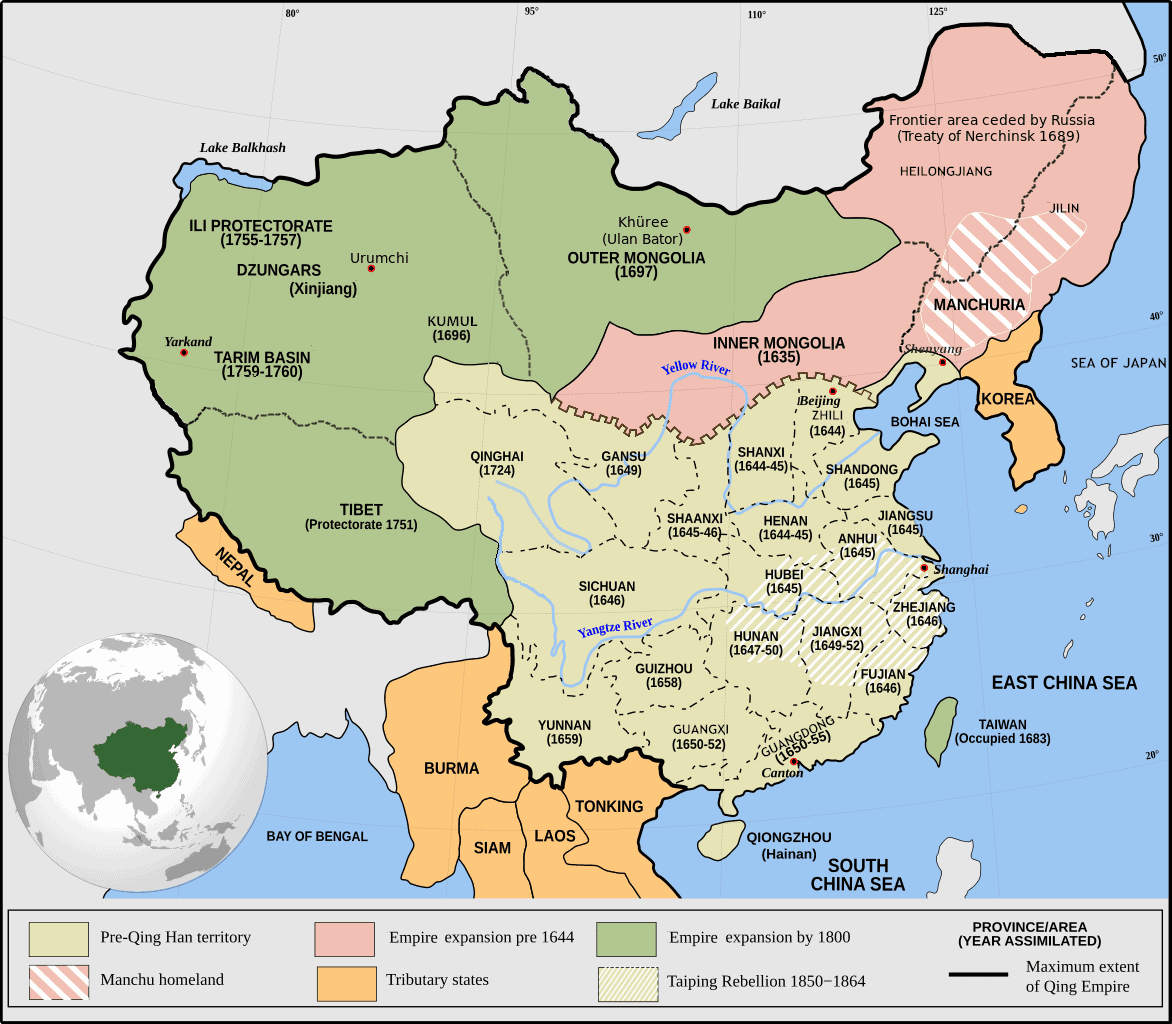
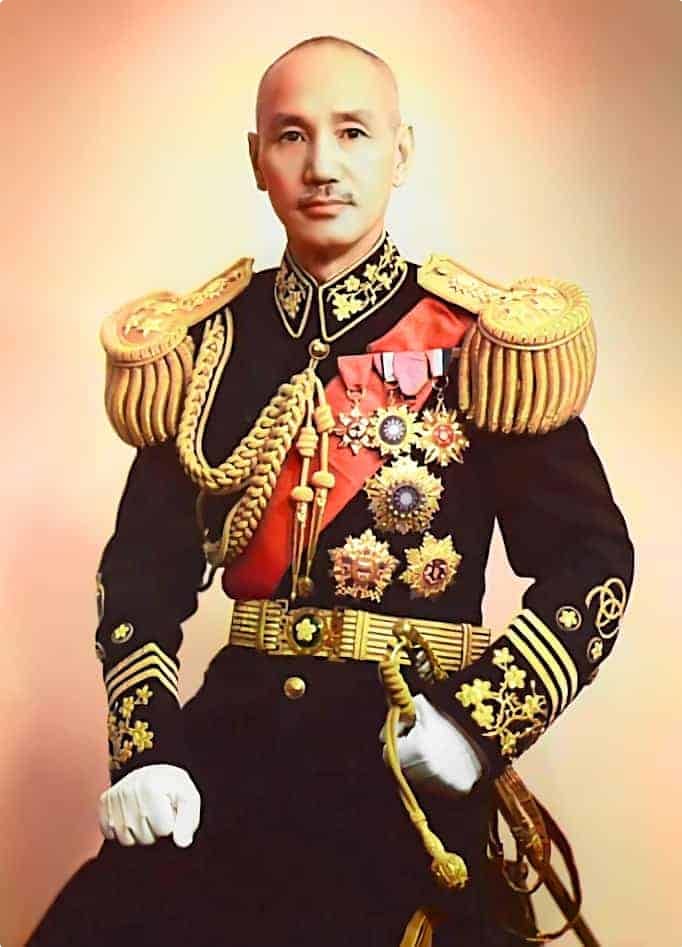
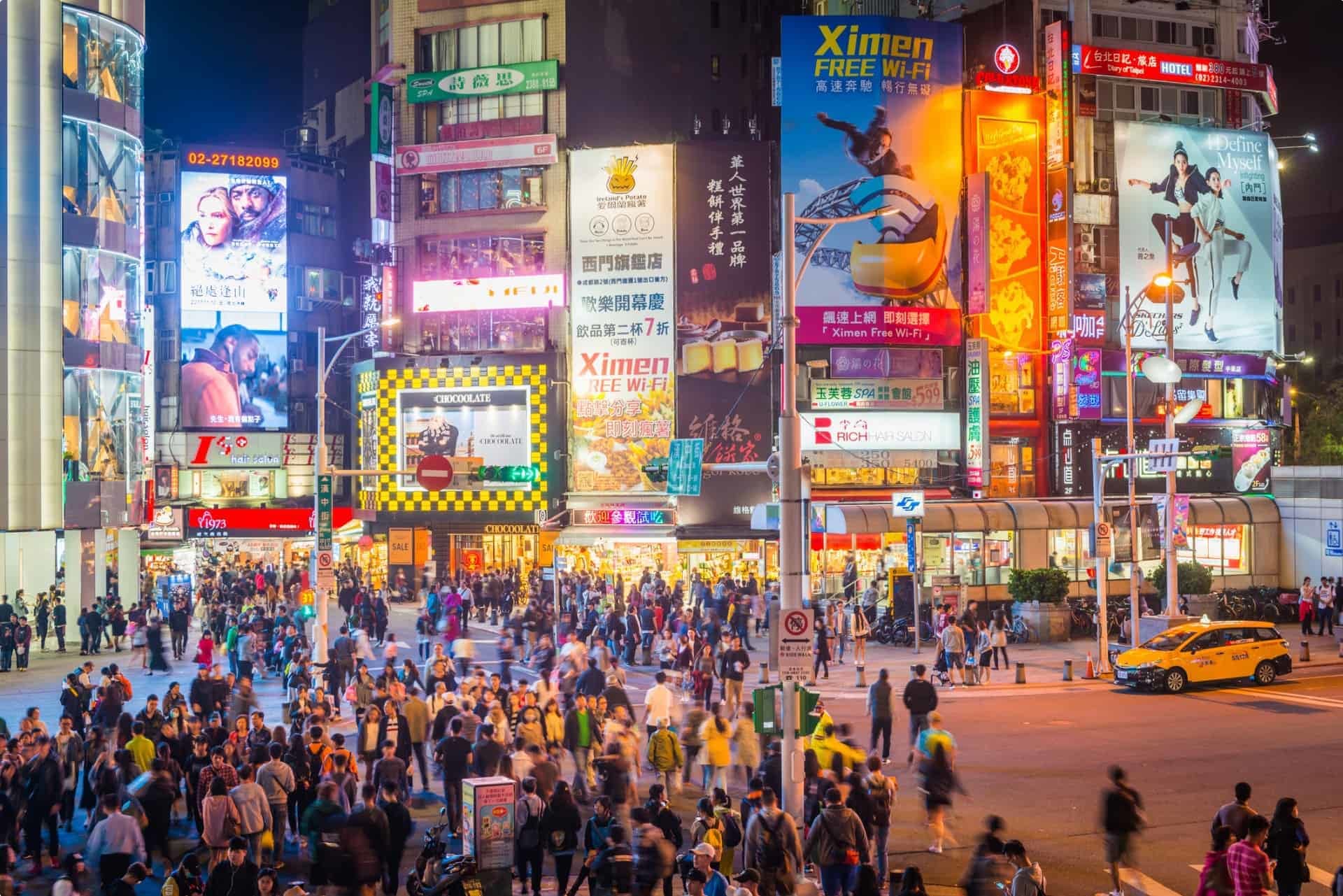
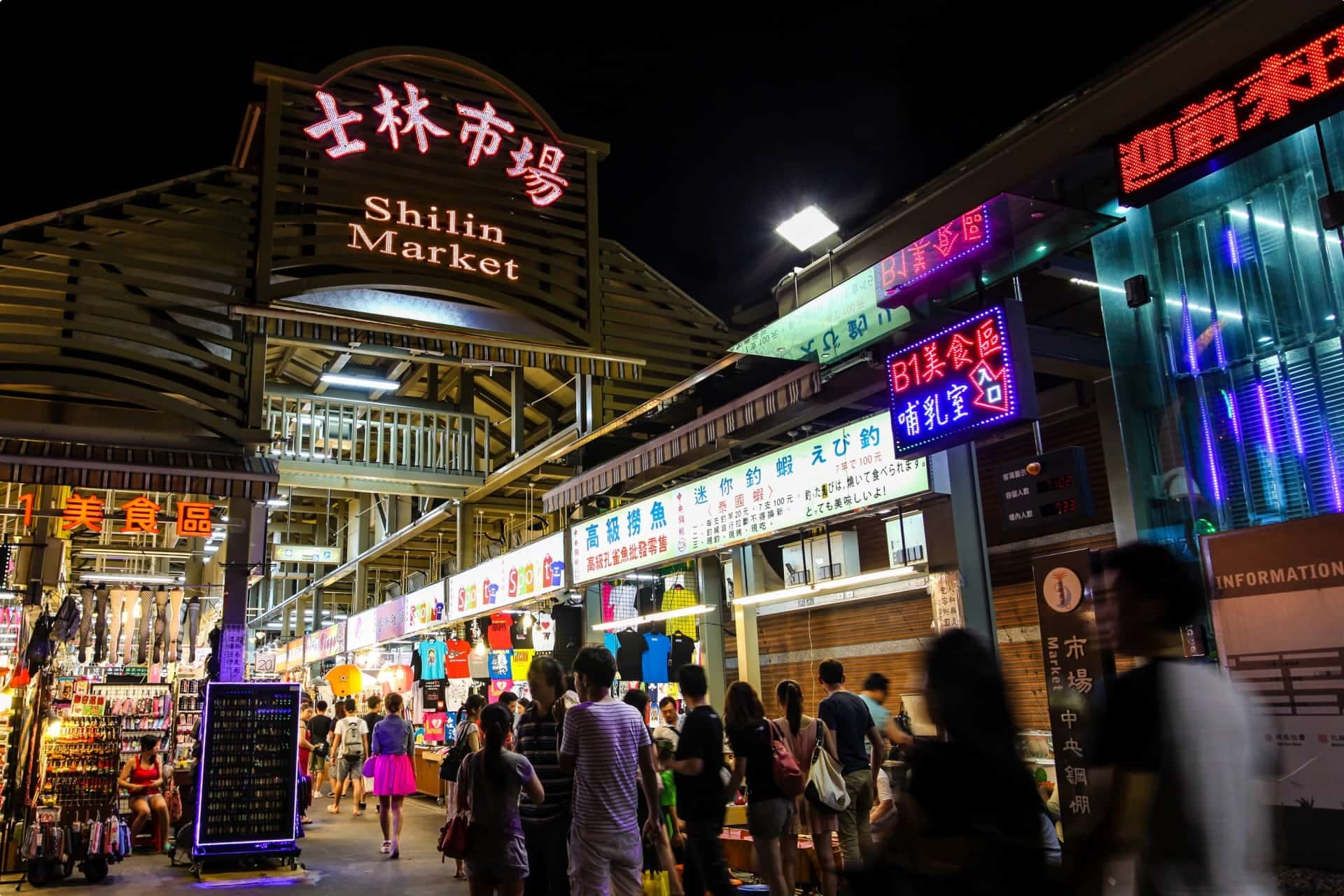
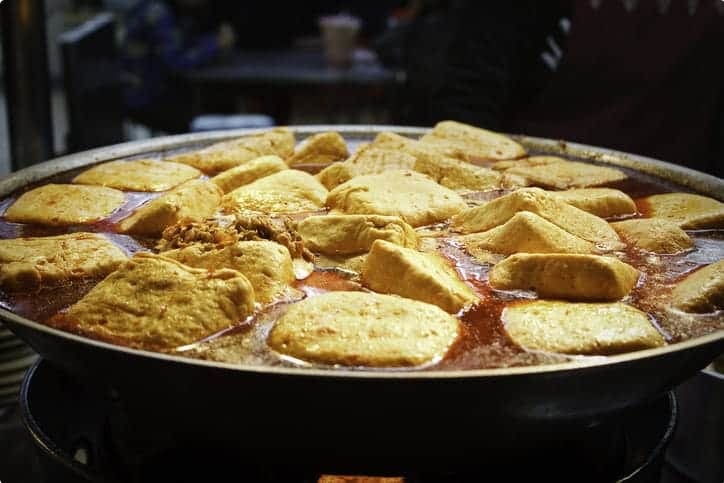
What is Taiwan's language?
Due to years of migration and invasion, Taiwan is a multilingual country, with Mandarin Chinese the official language. Mandarin is also the language spoken in mainland China.
The language commonly referred to as “Taiwanese” is Hokkien, a Minnan language which originates from Fujian Province in southeastern China. Hokkien is also spoken by the Chinese diaspora in many parts of Southeast Asia.
Another variant of Chinese spoken in Taiwan is Hakka, which has affinities to Mandarin and Cantonese. (Cantonese is the language spoken in Hong Kong and Macau.)
What is Taiwan known for?
Taipei, the capital of Taiwan, may not be the first city you think of when asked about wealthy Asian cities, but it actually ranks eighth in Knight Frank’s global 2019 Wealth Report.
Bloomberg calls it “a stealthy rich city” because the wealthy in Taiwan do not flaunt their net worth in highly visible ways.
This is not surprising given that Taiwan is home to two technological leaders, Asus and Acer, and has been manufacturing electronic components for the global market since the 1980s. Its export-led economy certainly contributed to its prosperity. When its skyscraper Taipei 101 opened in 2004, it was the tallest building in the world.
Other than electronics, Taiwan is also famous for its night markets. Practically every neighbourhood in Taiwan has its own night market, but the most popular is the Shilin Night Market, which has been in operation since 1909. Located near the Keelung River in the Shilin District, the area had been an informal trading spot for many years even before the market building was erected.
The modern-day night market spills beyond this building and engulfs neighbouring streets, encompassing more than 500 stores. The Shilin Night Market is open from the afternoon until late at night, but the best time to visit are from 7 pm (earlier during winter) to midnight. If you go too early, you’ll miss the stalls that open much later in the night; if you go too late, the bustling market will be quiet and there will be nothing much to see or experience.
Like other night markets, the Shilin Night Market sells authentic traditional Taiwanese and Chinese snack fare, including the (in)famous stinky tofu that even has its own page on the Shilin Night Market official website. This is fermented tofu with a strong odour, and is served with chili sauce or pickles.
If you can’t handle stinky tofu just yet, there are plenty of other snacks to try including oyster omelette, Taiwanese fried chicken, beef buns, meat on skewers, candied fruit, and noodles. You can also go shopping for clothes and food souvenirs, such as pineapple cakes and nougat.
Can you visit Taiwan without a visa?
You can visit Taiwan without a visa if you are a citizen of the visa-exempt countries listed here. Citizens of Australia, Canada, the United Kingdom and the United States can enter Taiwan visa-free and stay up to 90 days.
What is Taiwan's currency?
Taiwan’s official currency is the New Taiwan Dollar (NT or NT$), which replaced the old currency in 1949. US dollars and credit cards are also accepted, but it might be easier to convert to the local currency, especially when visiting cash-only businesses such as the night markets or cheaper accommodations such as homestays.
What is Taiwan's weather like?
Taiwan has a subtropical climate, save for the very southern tip of the island, which enjoys a tropical climate. The annual average temperature is 22 degrees Celsius with a low of 12 degrees.
Summer is June to August, autumn is September to November, and winter is December to February. March to May is the rainy season, during which the country may experience continuous drizzles.
While the summer months coincide with high season for tourism, these months are also the time when typhoons approach or hit Taiwan. Keep an eye out for weather reports as typhoons can be severe and cause flooding.
Winters are mild save for some snowfall in the mountains and in the northern lowlands.
Odyssey Traveller travels to Taiwan during winter (Taiwan Lantern Festival tour) and autumn (Taiwan Culture & History tour) to take advantage of the cool and comfortable weather and relatively thinner crowds.
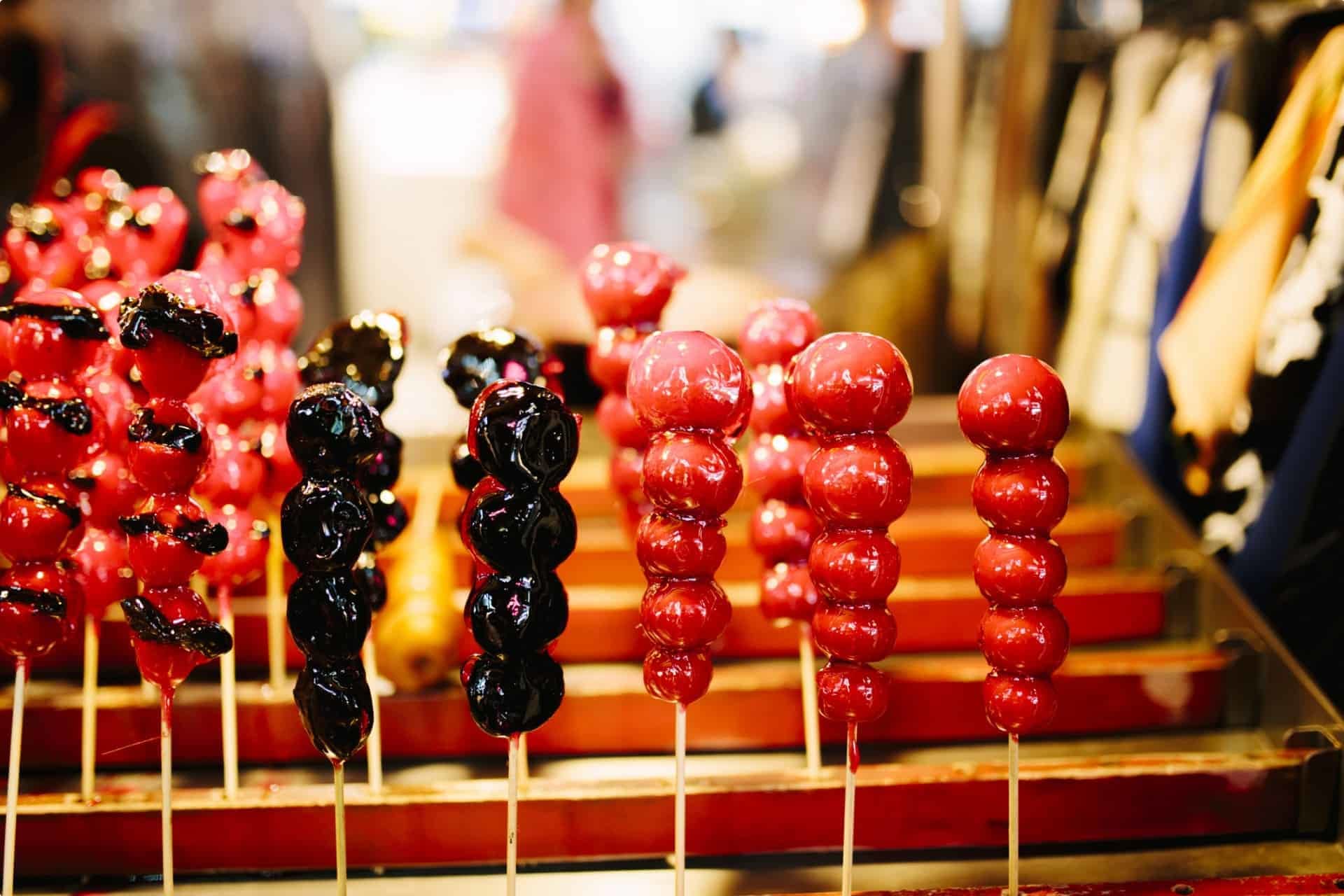
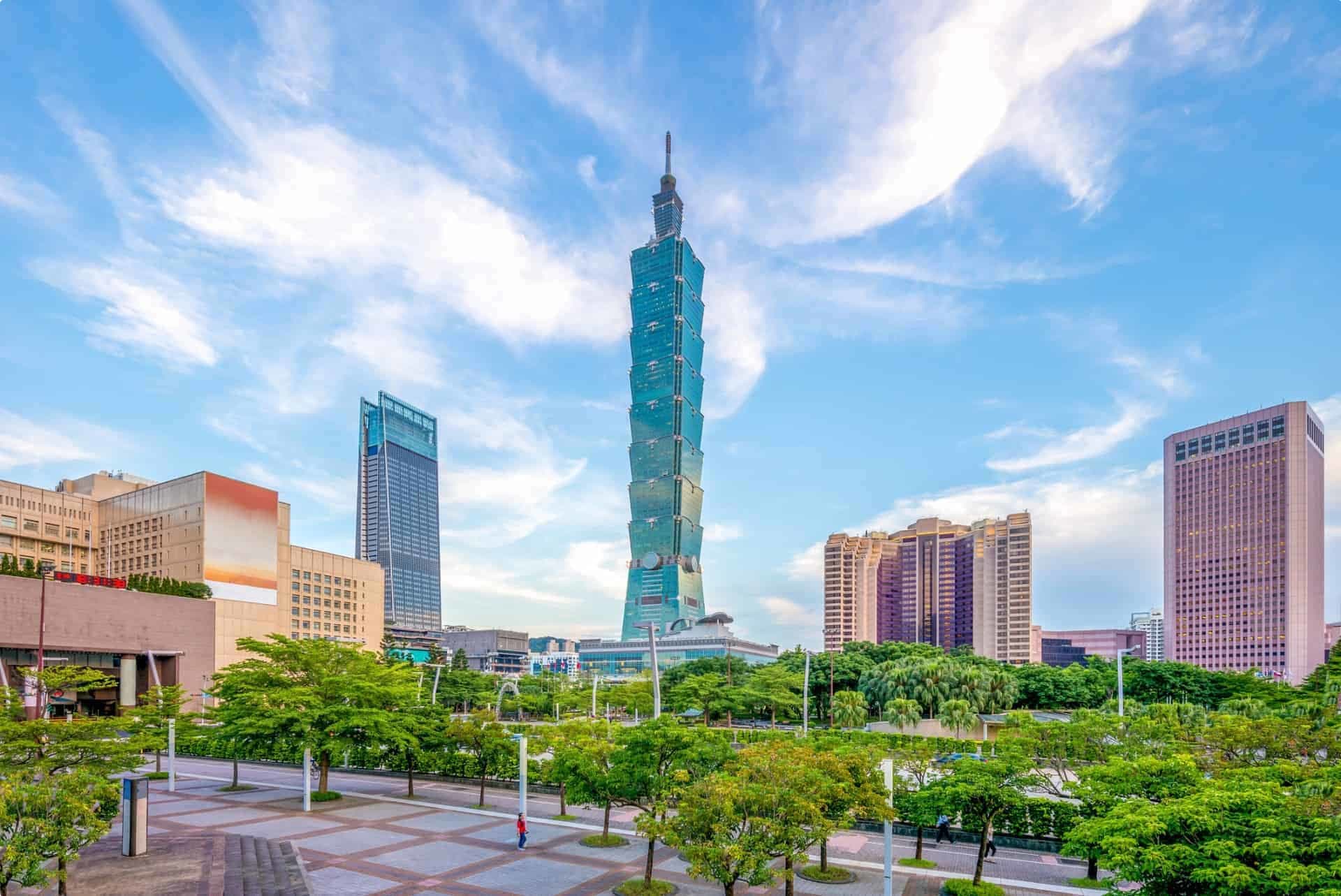
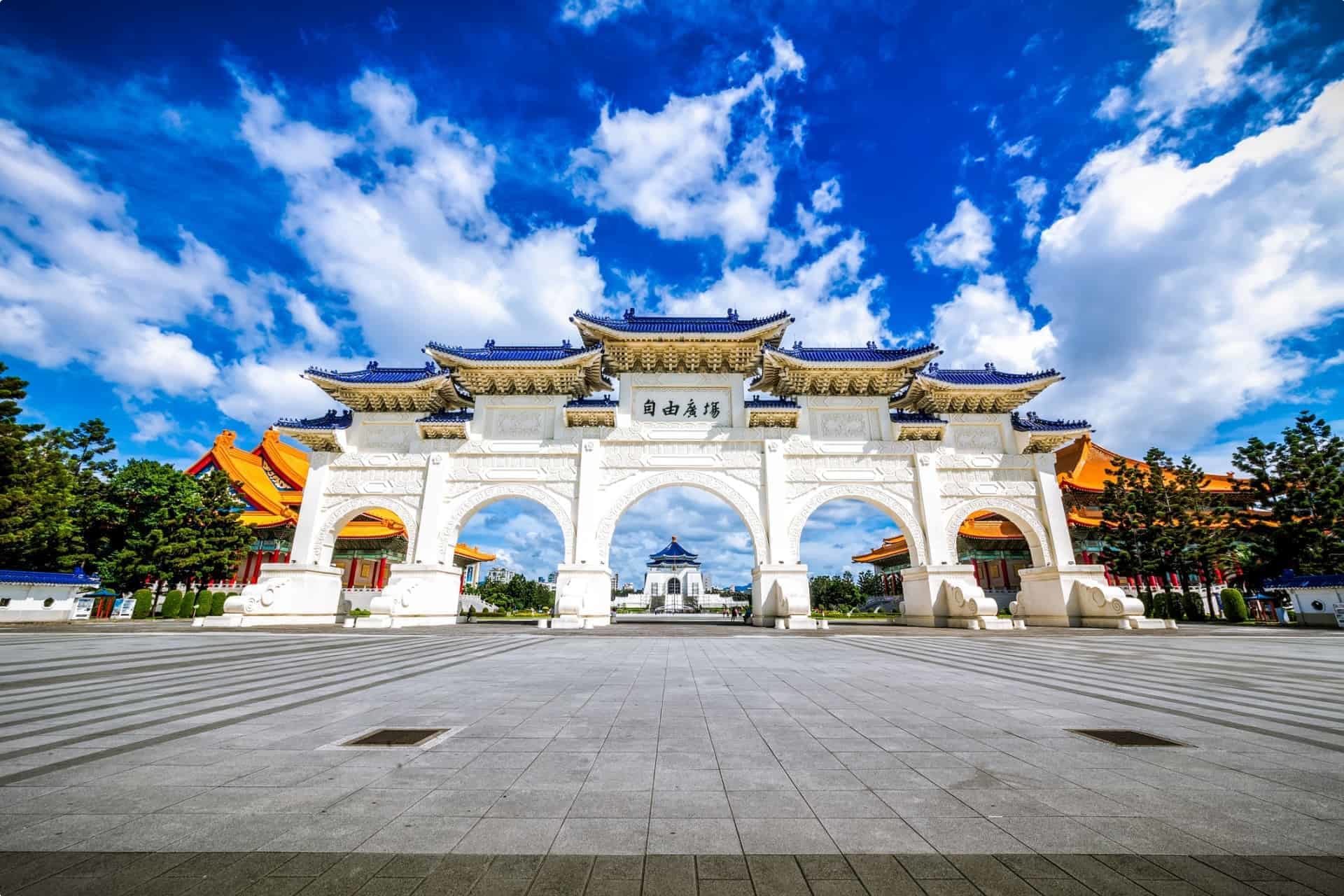
Where should you go in Taiwan?
In addition to the famous night markets, visit Taiwan’s historical centres and natural wonders.
Taipei 101 was once the world’s tallest building until it was usurped by Dubai’s Burj Khalifa. Visitors today can buy tickets to take a high-speed elevator to the 89th floor, travelling for less than a minute to the indoor observatory that offers an unobstructed view of the city. Braver souls can ascend to the outdoor observatory on the 91st floor. (Note that the outdoor observatory is opened only when weather conditions are favourable).
The Chiang Kai-Shek Memorial Hall was opened in 1980 to honour the statesman and leader. Walk up the 89 steps (representing Chiang Kai-Shek’s age when he died) to view the bronze statue of Chiang. The hall is located on Liberty Square, which also has the National Theatre and National Opera House within the grounds.
The National Palace Museum houses the largest collection of Chinese art, from rare books to religious objects.
The headquarters of Fo Guang Shan, an international Chinese Buddhist monastic order, grew from a small mountaintop monastery to being the largest Buddhist monastery complex in Taiwan. In line with the order’s embrace of modernity, the complex is open to visitors and even offers dormitory- or family-style accommodations for those who wish to stay the night. There are also several dining options and a shopping centre. Please take note of their prohibitions, including photography for commercial use and improper attire.
The Taroko National Park is the location of the Taroko Gorge, a beautiful, narrow ravine created by the Liwu River which has cut deep into mountains of solid marble. A road carved into sheer walls of rock snakes its way past forested peaks and cliffs towering about 1,000 metres above it, while below, a river roars past gigantic marble boulders. Peaks in the area reach 3,700 metres above sea level.
Sun Moon Lake is Taiwan’s largest freshwater lake located in the centre of Taiwan, named as such as it is comprised of a round eastern section (sun) and a crescent-shaped western section (moon). It is part of the 90-sq-km Sun Moon Lake National Scenic Area, where you can hike, bike, boat, or simply sit to enjoy the majestic view.
If you happen to be in Taiwan in February, the Pingxi Sky Lantern Festival is a must-see. Held in the village of Pingxi (“peaceful creek”) nestled among the mountains an hour’s drive from Taipei, the festival features sky lanterns lit and released to the sky. You can even purchase a lantern at the village shops and write your wish with a calligraphy pen, and take part in a festival that has been celebrated for more than a century.
If you want to learn more, do join the Taiwan tours organised by Odyssey Traveller, especially designed for mature-aged travellers:
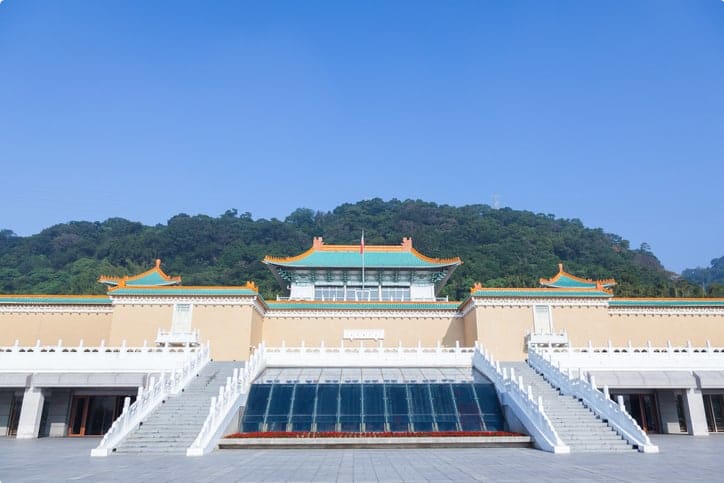
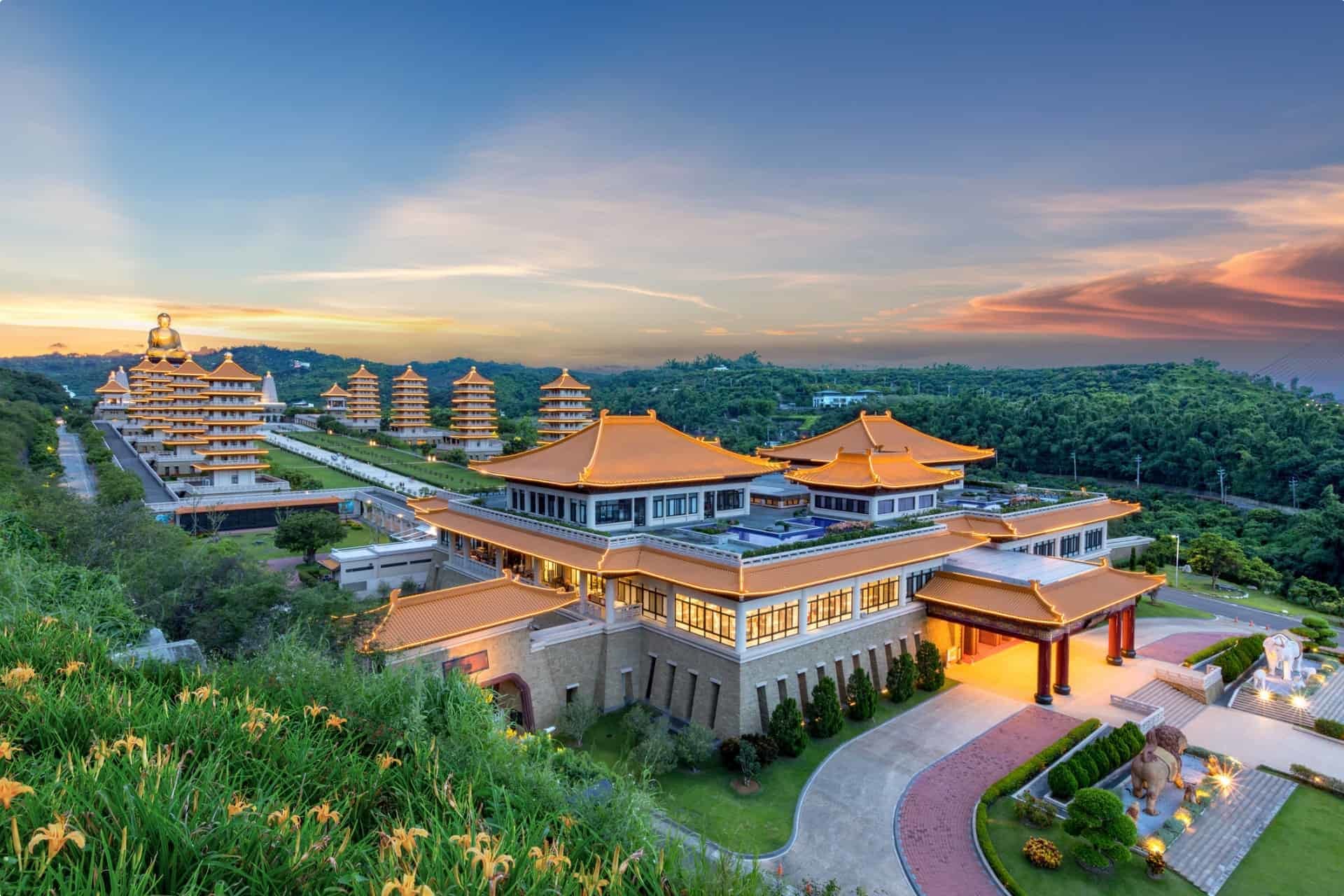
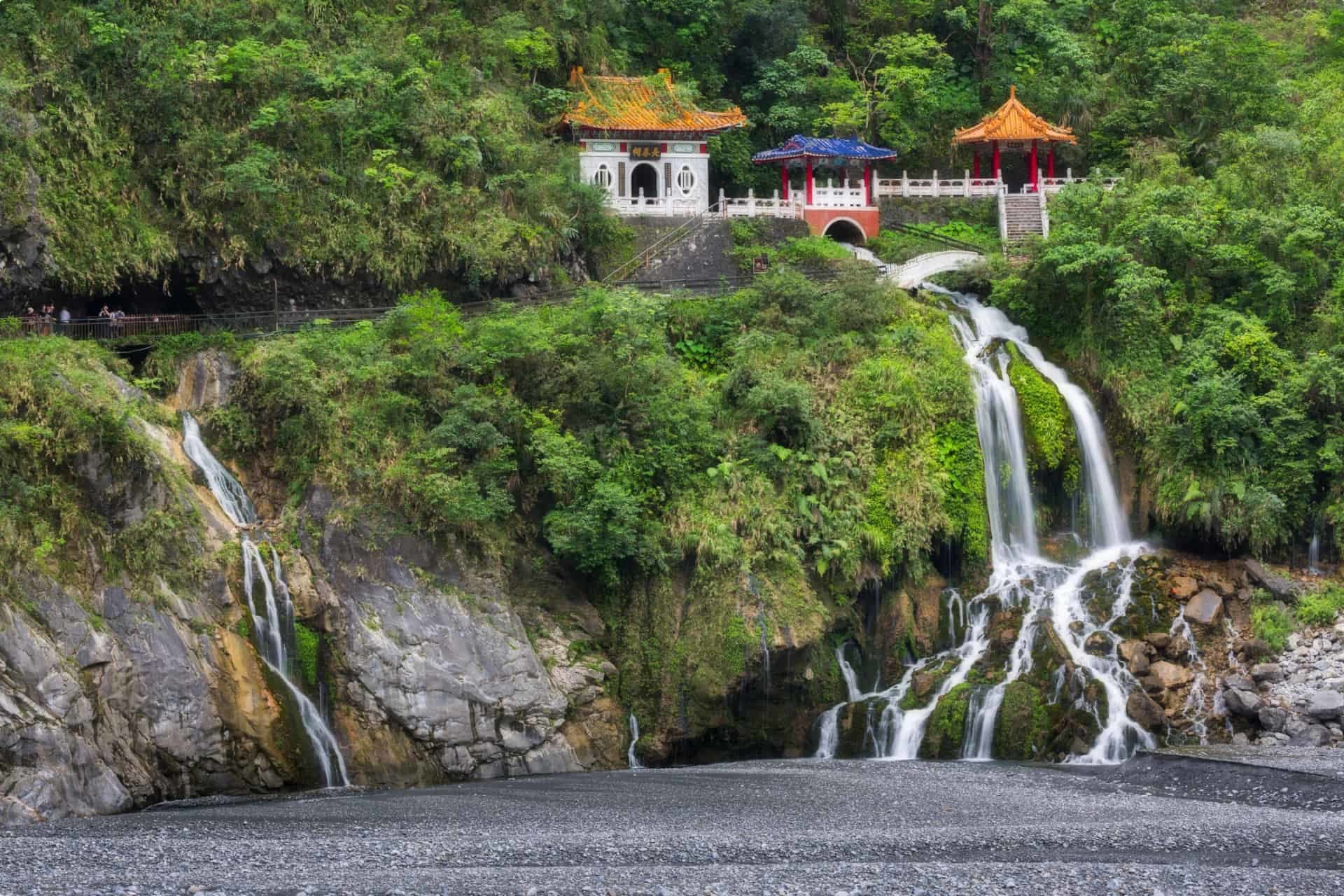
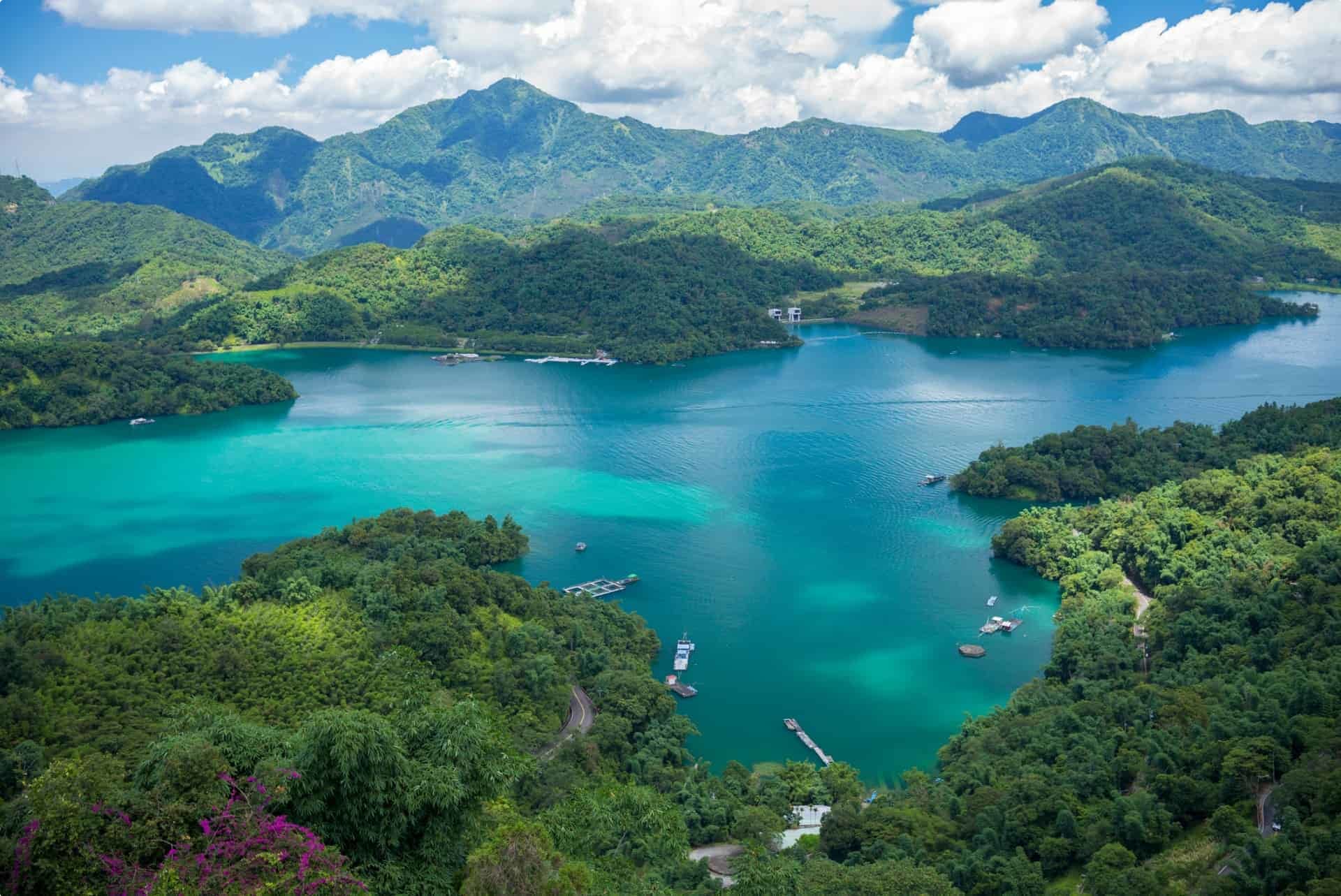
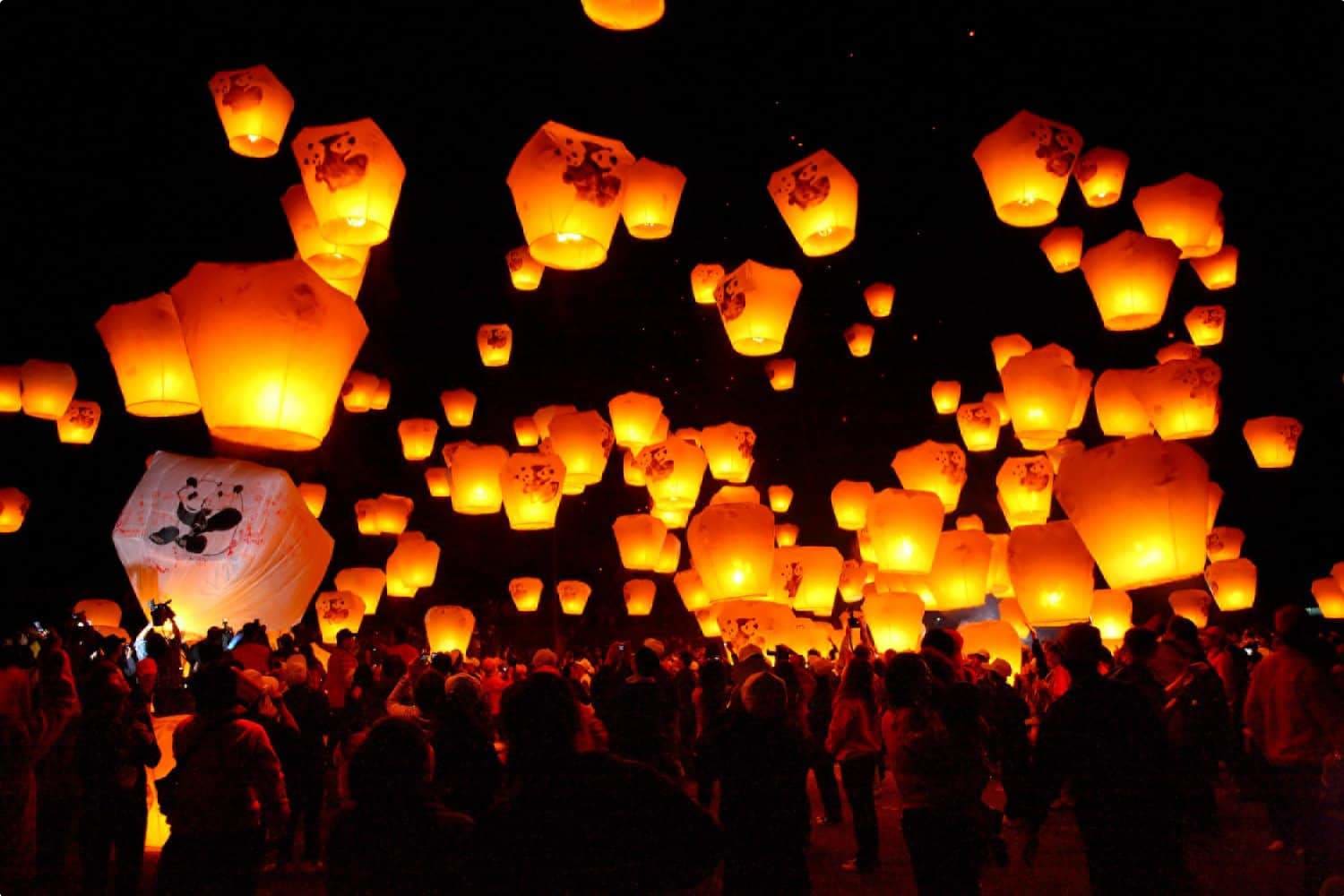
Related Tours

11 days
SepTaiwan culture and history escorted small group tour
Visiting Taiwan
This small group program for mature and senior travelers, couple or solo includes many of Taiwan’s natural wonders; from Taroko Gorge, one of the seven wonders of Asia, to Sun Moon Lake, Taiwan’s largest lake; Kenting National Park, with its 60 kilometres of coral-rimmed shoreline to the East Coast National Scenic Area, stretching 170 kilometres. Fully escorted tour of Taiwan
From A$8,995 AUD
View Tour
11 days
FebTaiwan Lantern Festival small group tour
Visiting Taiwan
A small group tour for senior couples and solo travellers to Taiwan. Held annually on the first full moon of the lunar calendar, the Lantern Festival is one of the most fascinating festivities around the globe. The Pingxi Sky Lantern Festival is part of this spectacular Festival. Our Taiwan Lantern Festival program includes Taipei and its Sky Lantern Festival and its impressive Taipei 101 Tower.
From A$9,150 AUD
View Tour